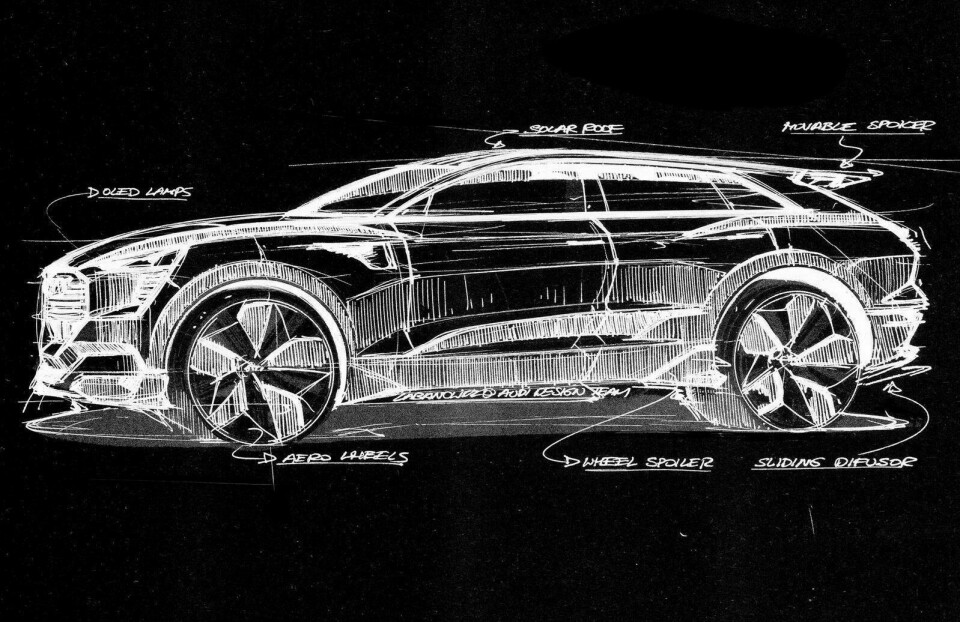
Design Review: Audi E-Tron Quattro concept
Unpicking the all-electric crossover that signals Audi’s future strategy
The E-Tron Quattro was one of the most significant concept debuts at the IAA in Frankfurt. It also reappeared at this month’s NAIAS in Detroit, albeit repainted and rebadged H-Tron. Together with its compatriots, the Porsche Mission E and Mercedes-Benz IAA Concept, it signals the big German brands getting serious about alternative propulsion and the threat posed by Tesla and shortly its band of Californian friends.
The E-Tron Quattro itself is significant for three reasons: it gives us clues about Audi’s electric car design strategy and how it might differ to core Audis; it evolves new(ish) design director Marc Lichte’s Prologue concepts; and it signals the introduction of even-numbered ‘Q’ cars (Q2/Q4/Q6) that are more coupe-crossover than the regular, family-orientated odd-number Q3, Q5 and Q7 SUVs.
Proportions (see top)
1 Rear anchored
Relationship between rear wheels and the cabin is excellent; the car is visually anchored around this point
2 Long tail
Carefully managed rear aspect, with a series of lines converging to this imaginary vanishing point behind the car, serves to pull down the roofline and extend the tail
3 Lessons from Lichte
These purple lines denote the sharp tops of box fender arches that look set to serve as a new design signature on Audis in the Lichte era – beautifully crisp pressings in the metal
4 Where’s the corner?
Front corner wraps in to define the aperture below the lamps, effectively hiding the corner by dragging a secondary line down from the top of the arch and using the horizontal lamps to create a double edge
5 Stepping up
Audi historically creates a sense of bodyside dynamism by keeping the beltline flat and gently sweeping up the rocker into the rear section. This stepped rocker is a new device – it performs the same role while also concealing an active aero unit






